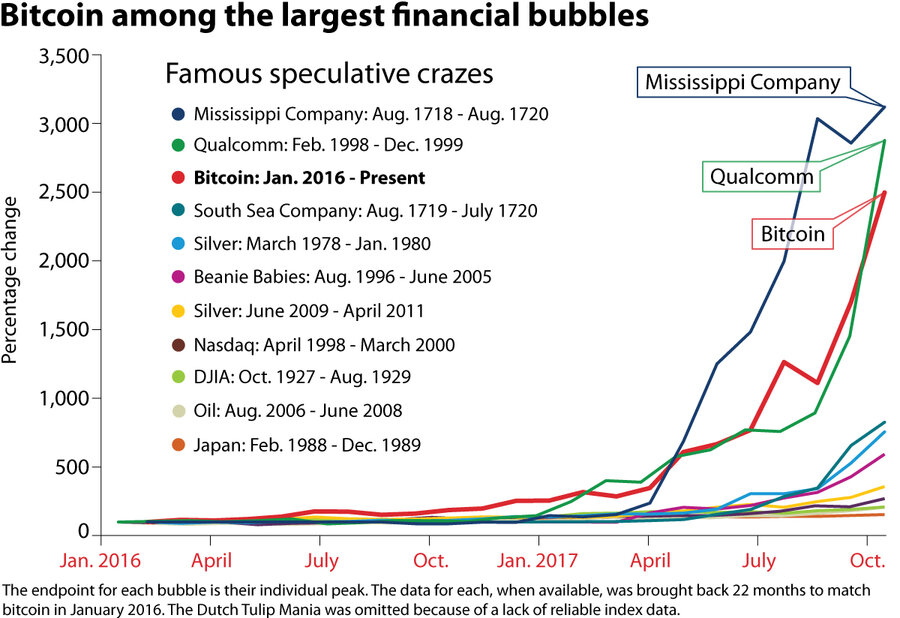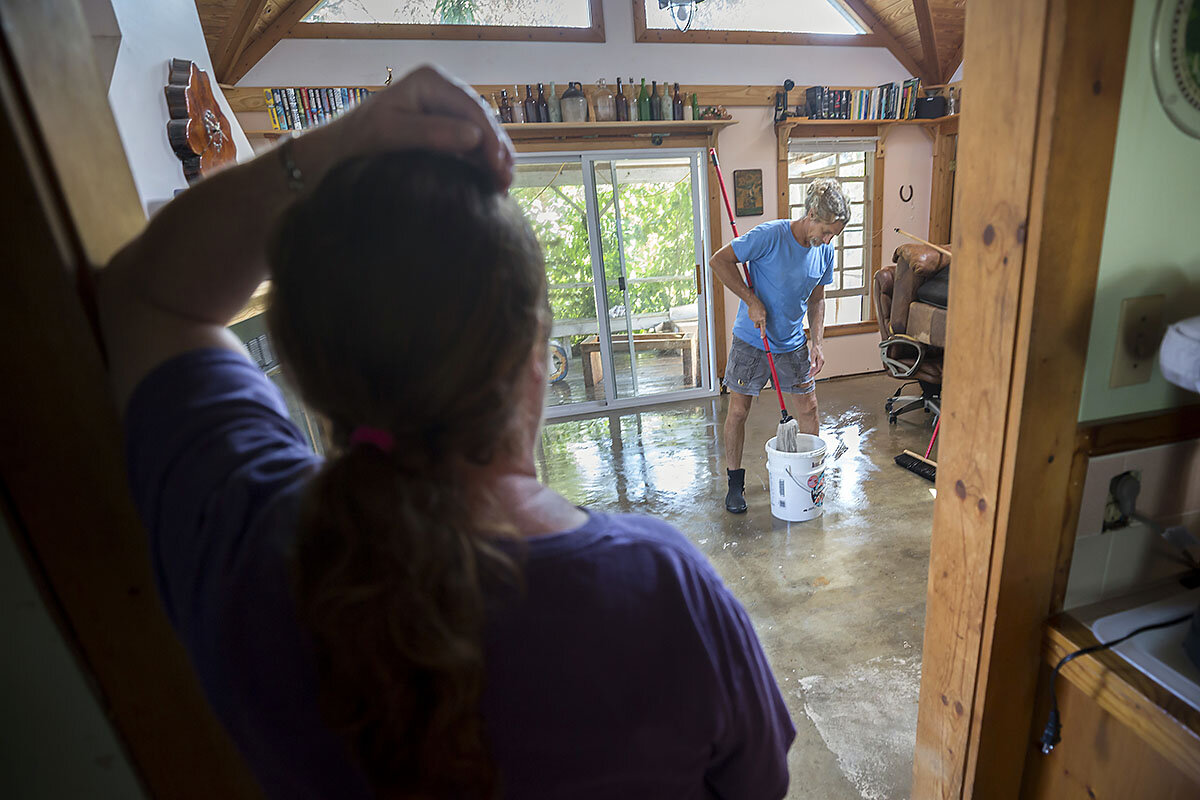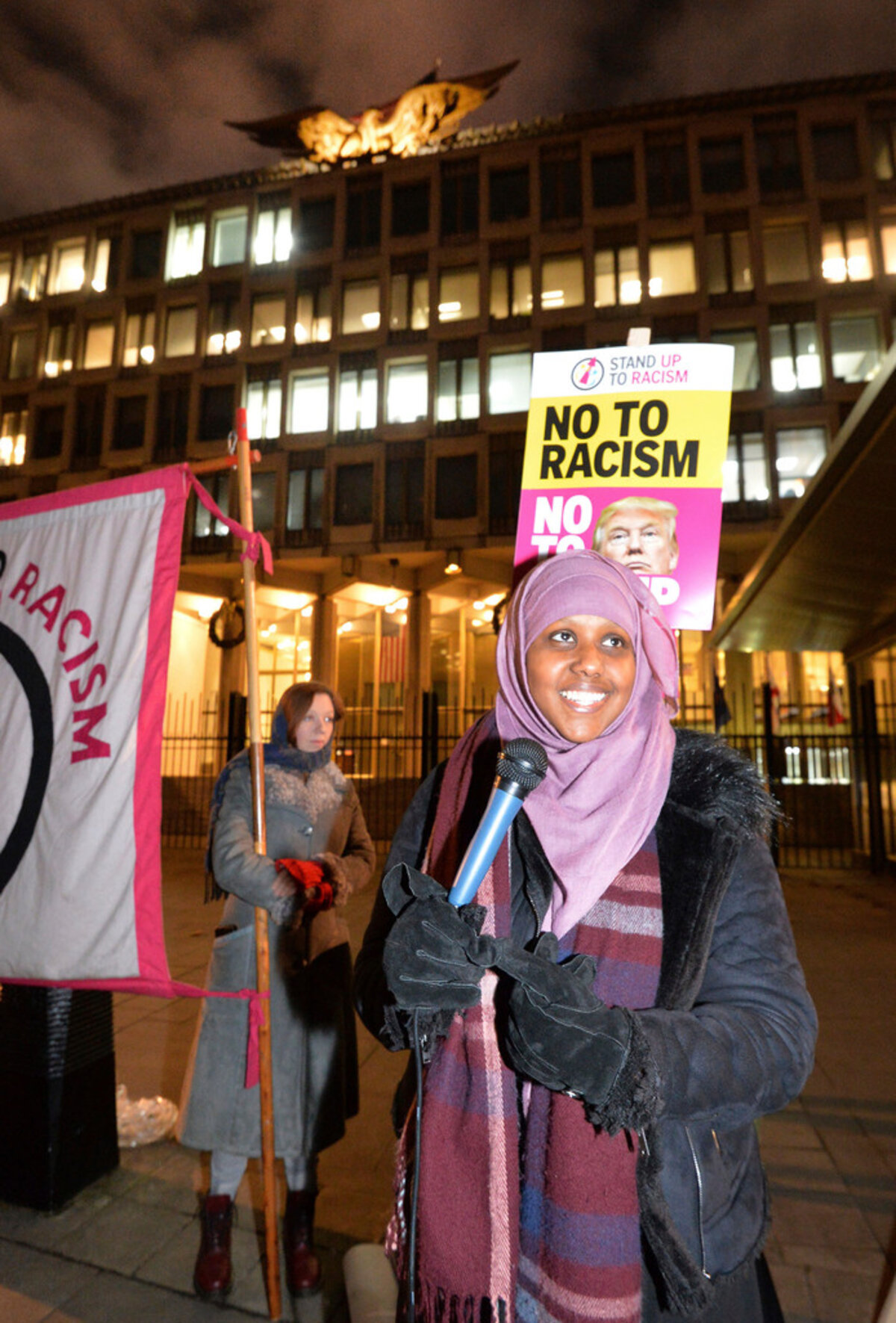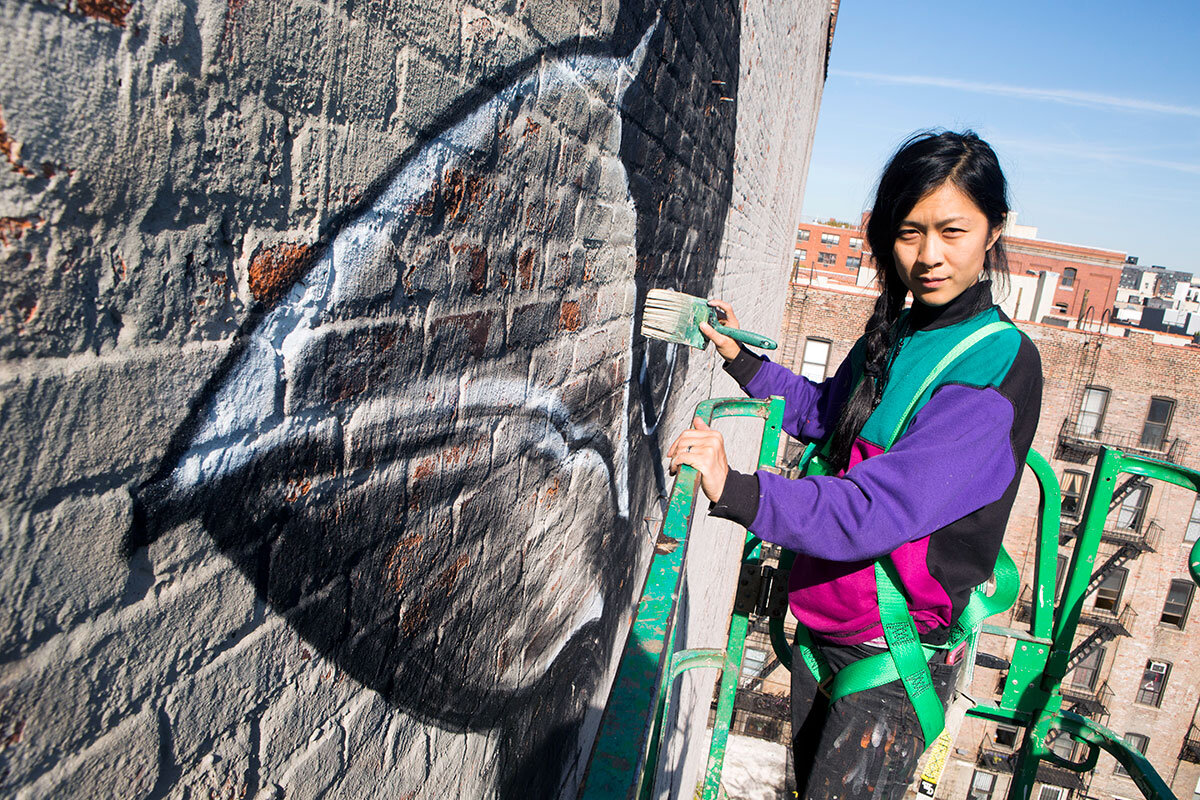Today the investigation into what role Moscow played in last year’s US presidential election made a significant leap forward that, while not showing where it was going, precisely, seems to guarantee it will be moving dramatically forward in the months ahead.
Monitor Daily Podcast
- Follow us:
- Apple Podcasts
- Spotify
- RSS Feed
- Download
 Clayton Collins
Clayton Collins
The dark roster of accused and admitted sexual predators in politics and entertainment grew longer this week. We’ll be going deeper on that story as the conversation turns to root causes, evolving definitions of masculinity, and paths forward.
Some science news prompts a somewhat related look back. Think 6,000 years back.
Alison Macintosh, an archaeologist at the University of Cambridge, led a study that she’d been moved to undertake by a gap she saw in the understanding of prehistoric women: Their capacity for physical work – one measure being bone strength – had always been examined solely in comparison with that of men.
What Dr. Macintosh and her team discovered when they worked in “a female-specific context”: Central European women farmers of six millenniums ago had arm-bone strength superior to that of modern women rowers – that is, elite university-level oarswomen.
On the face of it that’s a story about physiology. But it also reveals a hidden history, one of working for survival in a deeply participatory society. And to a “systematic underestimation” of women’s contributions – one that seems to have persisted.
Francine Kiefer is following the developing tax-bill story from Washington. At midday, Senate majority leader Mitch McConnell emerged from a GOP caucus confab over the stalled tax bill saying: “We have the votes.” (At press time the bill had not yet passed.)
It’s not just the biggest tax overhaul since 1986; the individual mandate under “Obamacare” also disappears. Tax cuts are in the GOP DNA, Francine points out, and helped get Republicans to yes – that plus a little horse-trading and the need for a big legislative win. After the final vote, the House and Senate bills need to be reconciled. Watch for our full analysis next week.
Now, here are our five stories for your Friday.











